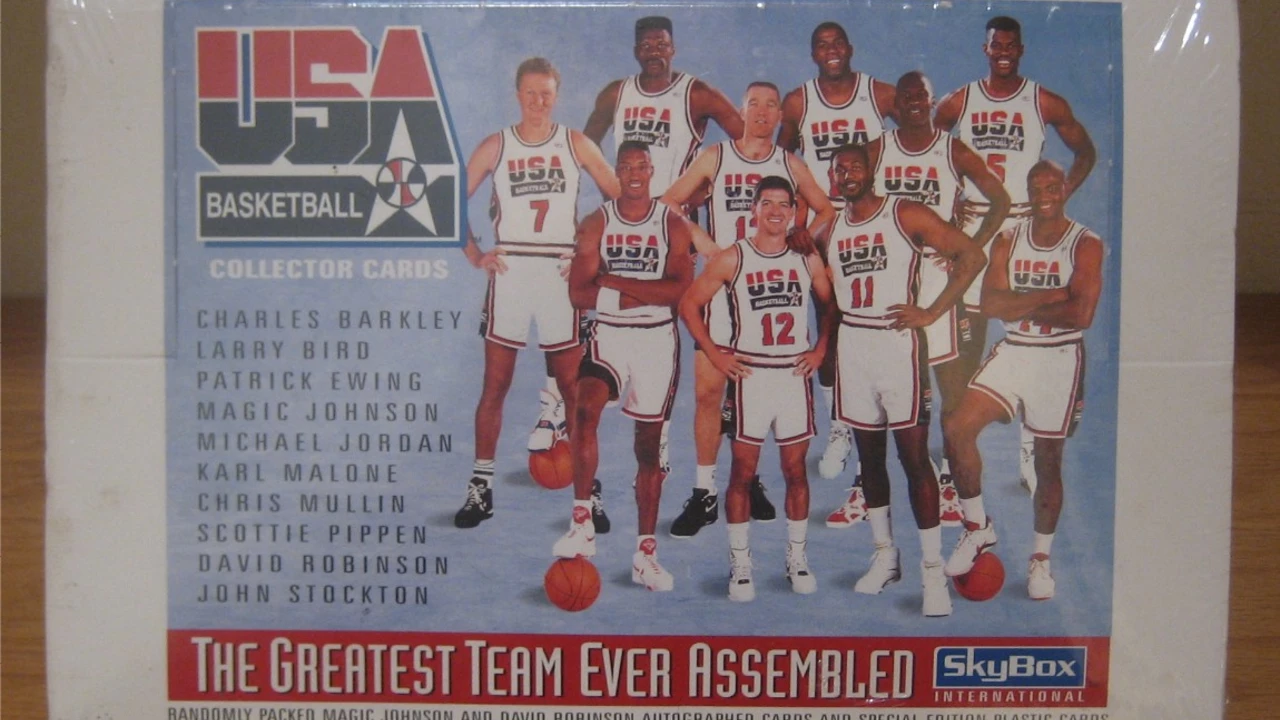Sports Memorabilia Collecting – Your Quick Guide to Finding Value
If you love sports and enjoy hunting for cool items, memorabilia collecting might be your next hobby. It’s not just about owning a piece of history; it’s also about knowing what makes an item valuable. Whether you’re after a rookie basketball card or a vintage baseball program, the basics stay the same: rarity, condition, and player fame. In this guide we’ll cover why cards can be pricey and give you clear steps to start building a collection that actually means something.
Why Cards Are Worth So Much
First off, rarity drives price. A card printed in low numbers, or one that survived decades in pristine condition, becomes a scarce commodity. Add the popularity of the athlete and the value jumps even higher. A LeBron James rookie card in mint shape can sell for thousands because fans know his impact on the game. Age also matters; older cards are harder to find, so collectors are willing to pay a premium. Lastly, the market itself fuels prices – when demand spikes, sellers raise their asking price, creating a cycle of speculation.
Tips to Build a Smart Collection
Start small. Pick a sport you know well—basketball, baseball, or even soccer—and focus on a single era or player. Visit local card shops, garage sales, or online forums, but always check the condition before buying. Look for clear edges, straight corners, and no major stains. Keep a simple log: note the card’s year, brand, condition grade, and purchase price. This habit helps you see which items grow in value and which stay flat. Also, protect your cards with sleeves and binders; damage drops the price fast.
When you feel ready, explore graded cards from companies like PSA or Beckett. A professional grade adds credibility and can boost the resale value. However, grading costs money, so only send cards you’re confident about. Another smart move is to watch trends. If a rookie season just ended and a player blew up, early cards from that season often rise quickly. Follow news, join collector groups, and ask questions—most fans love to share tips.
Don’t forget the fun side. Memorabilia isn’t just an investment; it’s a way to keep the excitement of the sport alive in your home. Frame a signed ball, hang a vintage ticket stub, or trade cards with friends. The more you enjoy what you own, the less it feels like a chore. And when you eventually decide to sell, those happy memories can make the transaction smoother.
Ready to start? Grab a cheap pack, check the condition, note the details, and watch the market. With patience and a bit of research, you’ll see how a modest hobby can turn into a valuable collection that tells the story of the games you love.
